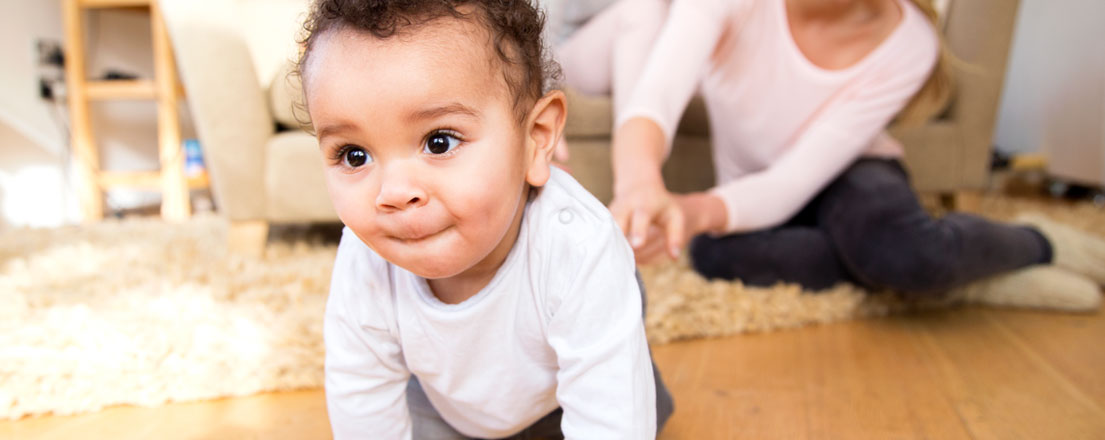
Protect Your Kids or Aging Parents From Dangers in the Home
The most vulnerable among us are children and older adults. So, whether you’re raising a child or making room for an elderly parent, you should adapt your house for their safety by removing obstacles, preventing access to potential dangers and installing products to help them safely navigate your home.
To assist you with caring for the health and well-being of your family, we offer a number of easy, low- or no-cost tips to help keep your home safe.
Childproofing your home
Statistics show more children are seriously injured or die from accidents each year than from cancer, infectious diseases and birth defects combined. Many of these accidents occur in the household. The most common injuries involve scalds, poisoning, drowning, fires, falls and suffocation or choking.
The following tips, compiled by HAP and the U.S. Consumer Product Safety Commission, include a range of practices to help protect your children:
- Keep medications and poisonous items, like pesticides, laundry detergent packets and dishwasher packets, in a locked cabinet.
- When cooking, keep pots on the back burners of the stove with the handles turned inward.
- Install door knob covers to keep children from entering rooms where hazards may exist.
- Use anti-scald devices for faucets and shower heads. Test bathwater on your wrist or the inside of your elbow to make sure it is warm – not hot.
- Use cordless window coverings to prevent children from becoming caught up in cords.
- Use anchors to attach furniture and appliances to walls, preventing them from tipping over.
For more tips on preventing childhood injuries, click here.
Adaptations as you age
Older adults may also require modifications for safety because of changes in their eyesight, hearing and balance. HAP and agencies such as the U.S. Department of Health and Human Services and the National Institute of Aging provide recommendations for home safety, room by room:
- “Fall-proof” your home for your loved ones. According to the National Council on Aging, falls are the leading cause of injury and accidental death for older adults. Check medications that can cause drowsiness or make them unsteady, install handrails on both sides of the stairways, and attach non-slip backing to all rugs.
- Avoid extension cords, or tack them to baseboards to prevent tripping.
- Mark outside steps with bright or reflective tape.
- Install safety knobs and an automatic shutoff switch on the stove.
- Remove the fuel and fire starters from grills on the patio.
- Use washable wall-to-wall bathroom carpeting to prevent slipping on wet tiles.
- Put decals at eye level on sliding glass doors, picture windows, etc. to make the pane visible.
These simple, proactive steps can make your home a safer place for children and seniors. Don’t wait for an incident to happen before you make these changes.
Categories: Get Involved